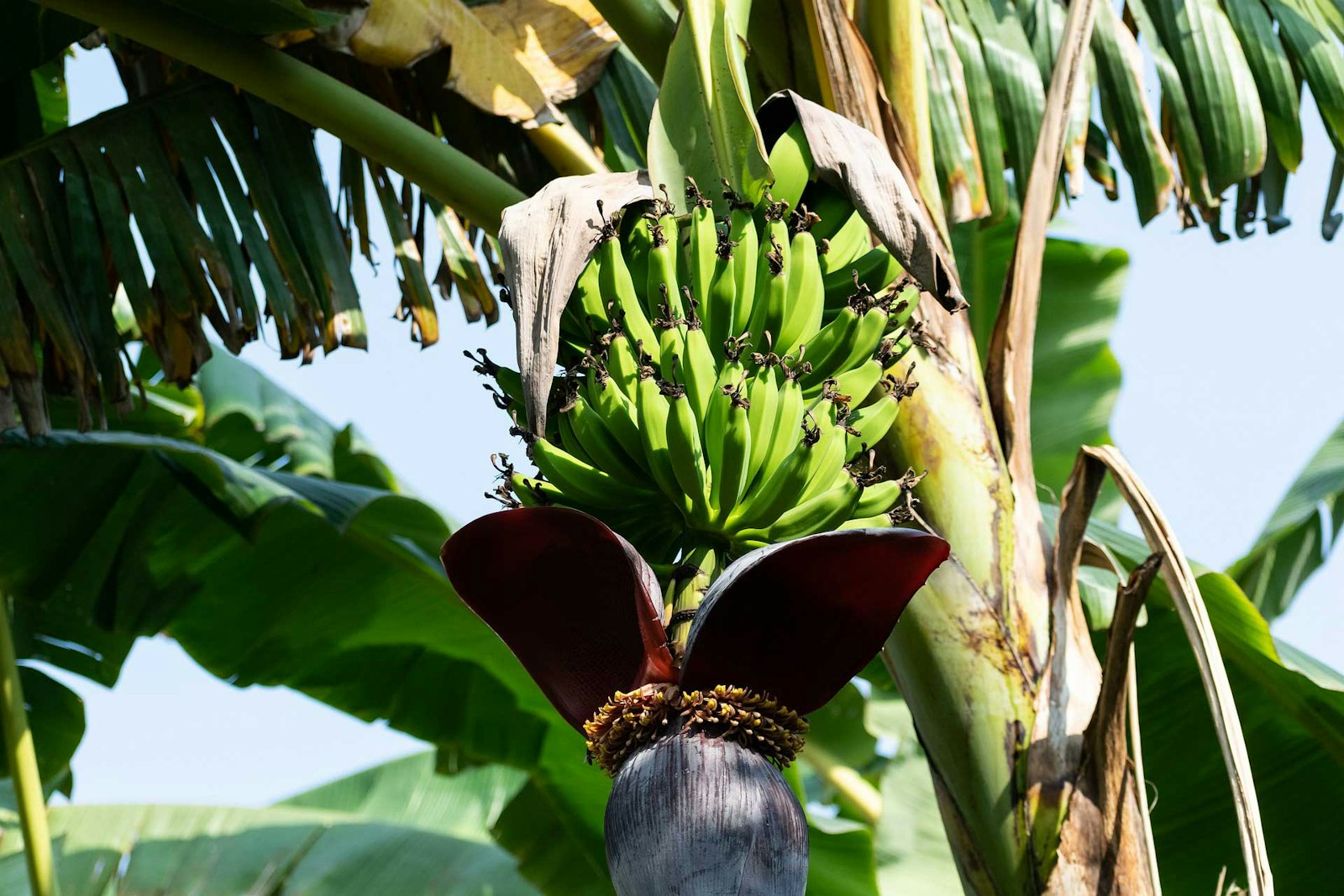More is more when it comes to color 
Deb Menz surrounded by color. 
One of Deb's lovely color-full batts. 
Spinning beautiful, colorful yarn. 
Deb ensuring the right blend of colors with her drafting.
I have never operated a drumcarder. I have handcarded fiber only under duress. I don't know what it is about these spinning basics that has turned me off, but I will say the light bulb has suddenly switched on.
It's not that I don't love beautiful blends—I have piles of them. Silk and wool, silk and cashmere, yak and bison, you name it. And color! Deep eggplant with hints of violet; painted rovings in rust, purple, and a touch of gold; pastels and grays like the inside of an oyster shell—irresistible. The thing is, I've always depended on other people to make these little fiber masterpieces so I could have the fun of just running them through my fingers and onto the wheel. For me, it's almost been like spinning as a spectator sport.
Rivers of Hue
But that was before I watched Deb Menz spend a few hours creating rivers of indescribable hue from a range of pre-dyed roving and a drumcarder. Oh, my. Her workshop DVD, Color Works for Spinners, not only had a ton of good insights and tricks, it was more fun to watch than an aquarium full of tropical fish, and way more unexpected. Seeing the colors flow together as she added layers of hue—a range of blues from teal to aqua to ultramarine, followed by a touch of red-orange to warm it up and dull gold to temper it—that was beautiful. Seeing basic red-violet transformed in to a frisky, warm hue or a mystical cool one, depending on the additives. Watching how carding once gives a very lively yarn with lots of color spots, but carding twice or thrice yields a subtler, more sophisticated blend, even though it has exactly the same amount of each color in it—that was better than a whole art history lecture on the Pointillists.
Not mud
Deb is of the "more is more" school of color. I would not have believed you can get a great yarn from a blend of a dozen colors. It just sounds like a recipe for chaos. Her tools for choosing those dozen hues, though, make all the difference: a simple color wheel, a value scale (included as pdf downloads on the DVD) and a thoughtful, adventurous eye. What I look forward to, frankly, are the surprises that are sure to happen when I try this, or that, or more. Then the challenge will be to find the time to spin.


